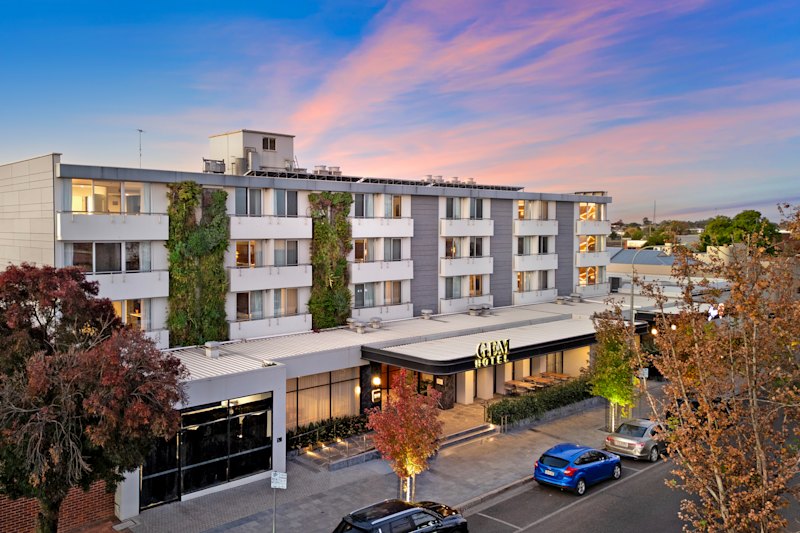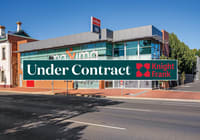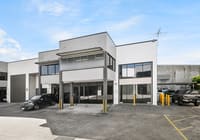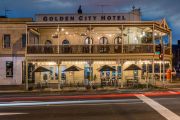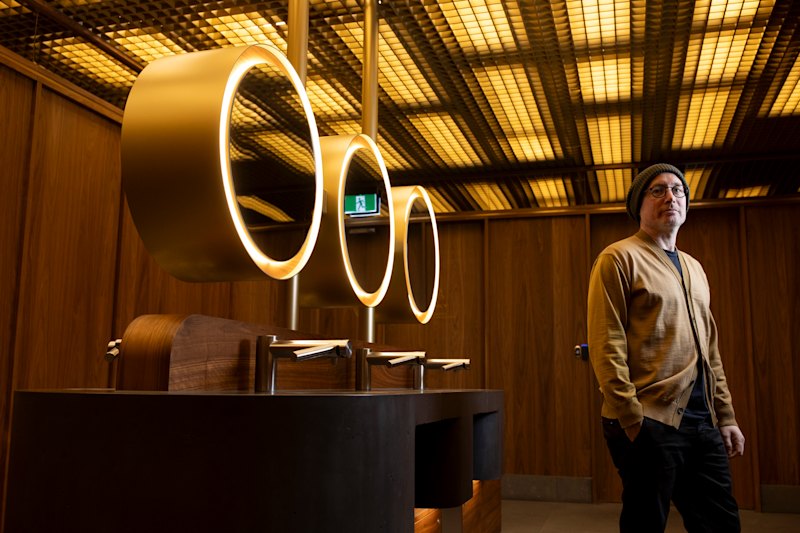
'Commercial versus co-working': Workspaces go to war
Competition is ramping up between flex-spaces and commercial offices in the race to attract staff back to the workplace.
Landlords of commercial offices are offering shorter term leases and collaboration spaces that can be booked by the hour, in much the same way flex or co-working spaces operate. Many have even opened their own branded flex-spaces within commercial office buildings.
Meanwhile flex-spaces are offering cheaper rates to compete with the low rates offered by landlords over longer lease terms.
Both sectors are battling to “earn the commute” from workers who have grown accustomed to working from home. And the fight is on two fronts: the current low unemployment of just 3.9 per cent has empowered workers to easily find new jobs if the conditions of their return to the workplace are unsuitable.
Each option has its unique differences depending on location and the operator or landlord. But the standout distinction is longer lease terms of three to five years at a commercial office rather than a typical one-year lease at a flex-space.
Commercial offices also offer a benefit tenants may initially overlook, says Stephen Nicol, head of office leasing at The GPT Group.
“At a traditional space, which is your longer term leases, a tenant has their own identity and I think that’s the big difference,” he says.
“You’ve got your own reception, you’ve got your name on the door and on the signage downstairs.
“I know a lot of co-working places started putting up tenant names and creating smaller offices within their co-working offices, but essentially the biggest difference is you get a longer lease and you get to create your own identity through your fit-out.
“With co-working, you’ve got to accept the
co-working brand, it’s their space and you’re occupying space within it.
“Identity is important because a lot of customers align themselves to the companies they are doing business with, their identities and values, and the way they do business.”
National vacancy rates dipped by 5.2 per cent at flex-spaces in the December quarter of 2021, according to latest data from Rubberdesk’s March 2022 Australian Flexible Office Space Report.
At commercial offices, national vacancy rates rose in the six months to January this year, up from 11.9 per cent to 12.1 per cent, Property Council of Australia figures show.
Jim Groves, co-founder of online flex-space platform Rubberdesk, says he expects vacancy rates to improve off the back of many businesses being cautious with their return-to-work plans.
“At flex-spaces, your forecast horizon is one year, but with leased options you really have to plan what your business is going to look like in three or five years’ time,” he says.
“And that means that you may have to take a lot of space which is going to remain unused in the short term – one or two years – until you fill up and grow into that space.”
A wave of new co-working office spaces is set to open in 2022 with Work Club opening at 200 George Street in Sydney and major chains Hub and Creative Cubs expanding into new locations in Melbourne.
Rubberdesk’s figures show co-workers pay $632 per person for the median office in Melbourne and $823 in Sydney. The costs are higher than most commercial leases, but Groves says there are major benefits.
“There’s so much choice out there in terms of amenities and that’s how flex-space differentiates itself – access to business lounges, to meeting rooms and board rooms, on-site baristas, catering – all of those things are, nine times out of 10, what you don’t get with a direct lease,” he says.
“Also, you may rent an office within one location, but you have access to that operator’s network of locations, be it for dropping in to work at a co-working desk or to hold meetings with clients, and that could be nationally or internationally depending on the operator.”
But many believe flex-spaces are designed for start-ups or small business only – organisations that are in early growth stages or with a low number of employees – while commercial offices are firmly for established medium to large businesses.
Despite the rebound from the pandemic and current unemployment figures, both will continue to occupy these spaces of the market into the future, says Patrick Stronell, Victorian general manager, office leasing at Dexus. “Users find the most appropriate solution for their business and do change between these types of spaces depending on their needs,” he says.

